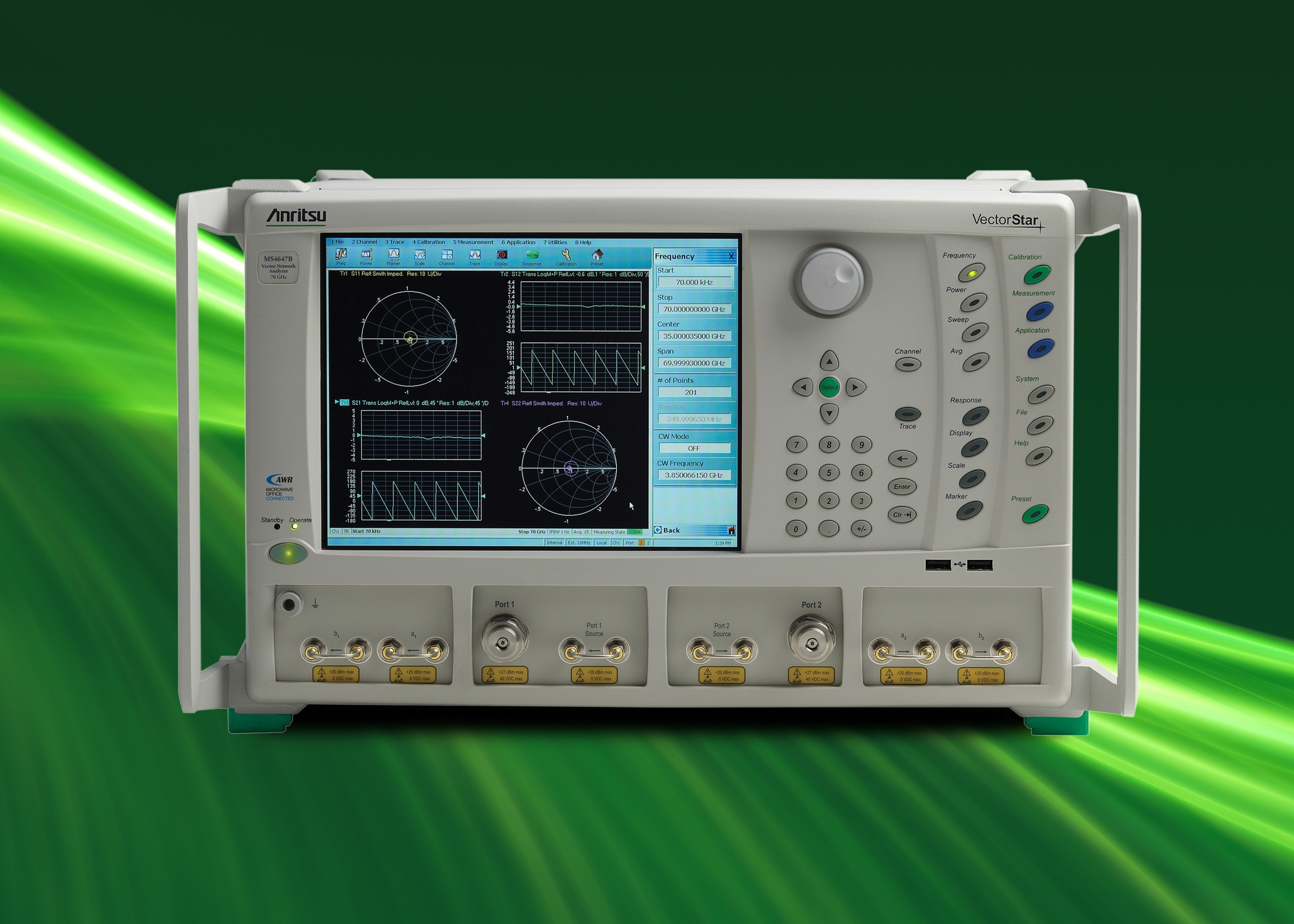Inside EMW 2013
Sally Ward-Foxton reports on the latest developments in the world of RF test from European Microwave Week in Nuremberg.
With increasingly stringent requirements from new communications standards, RF electronics has never been under more pressure to perform. RF test equipment vendors have been working hard to keep up, improving the performance of their signal generators, analysers and other test equipment incrementally.
As in previous years, European Microwave Week 2013 was dominated by the big test and measurement players. On the Agilent booth, the company demonstrated several performance enhancements to its X-Series signal analysers. The mid-range N9020A MXA (shown in Figure 1) is getting new options for a real time spectrum analyser capability and wider analysis bandwidth.
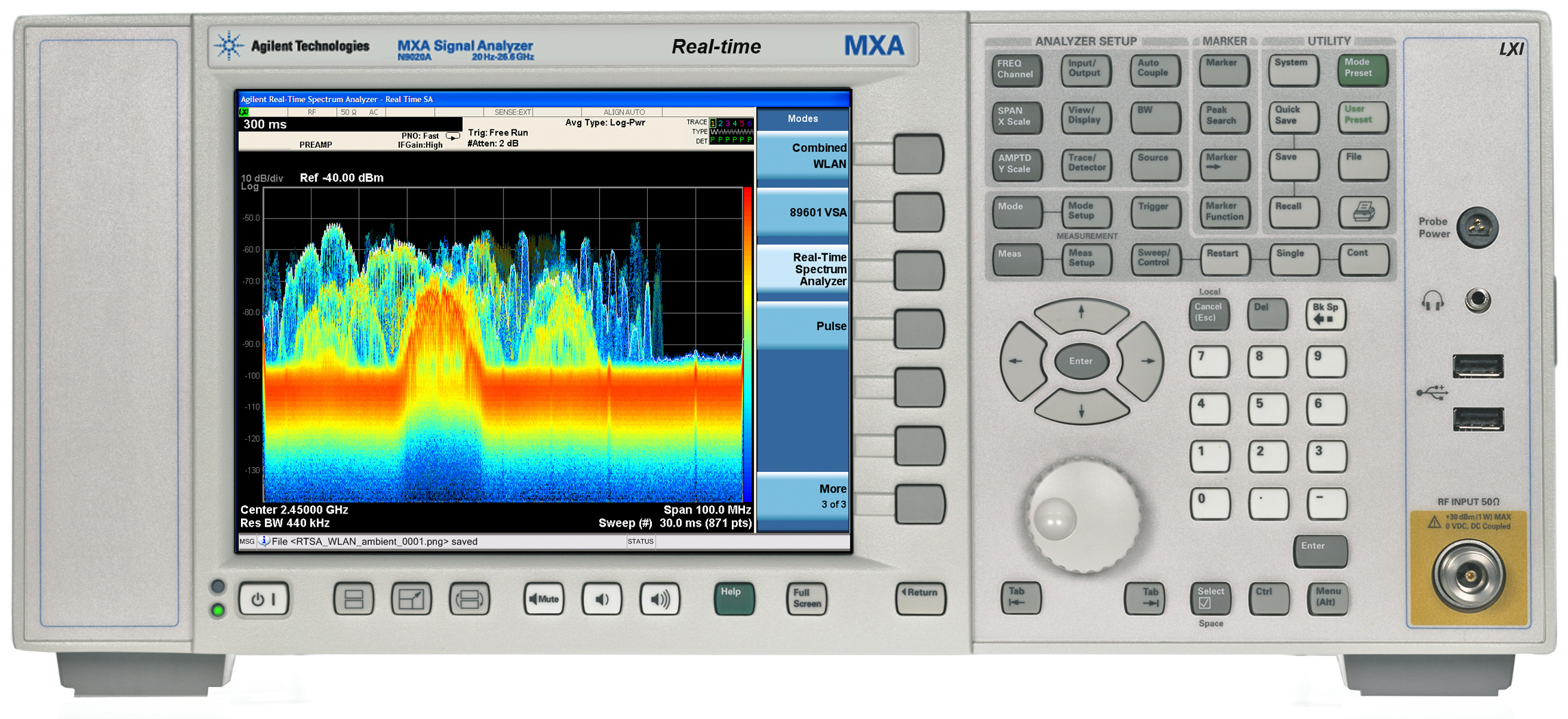
Figure 1: Agilent X-series analysers get new options for real-time capture and wider analysis bandwidths
Agilent hopes the addition of real-time capability will eliminate the need for a dedicated instrument for real-time. The MXA’s upgradable real-time option can detect signals with durations as short as 3.57µs and frequency mask triggering can be used to identify or record culprit signals. The idea is to help capture and understand complex interdependent signals and visualise time-varying spectral schemes. Those working with multi-standard radio switching and frequency hopping will find this useful, as well as those looking for elusive interference and transient signals.
The new wide bandwidth options of 85, 125 and 160MHz will help meet the needs of wireless networks: 802.11ac WLAN channels can be up to 160MHZ, with LTE-Advanced channel aggregation up to 100MHz.
Phase noise improvements up to 10dB bring the MXA’s performance to -113dBc/Hz at 10kHz offset for carrier frequency of 1GHz. This improvement will come as standard on new MXA models, while new EXA models boast up to 5dB phase noise improvement. The MXA and EXA have also improved their sweep speed, to the extent that Agilent now claims sweep speed can be up to five times faster than competing models.
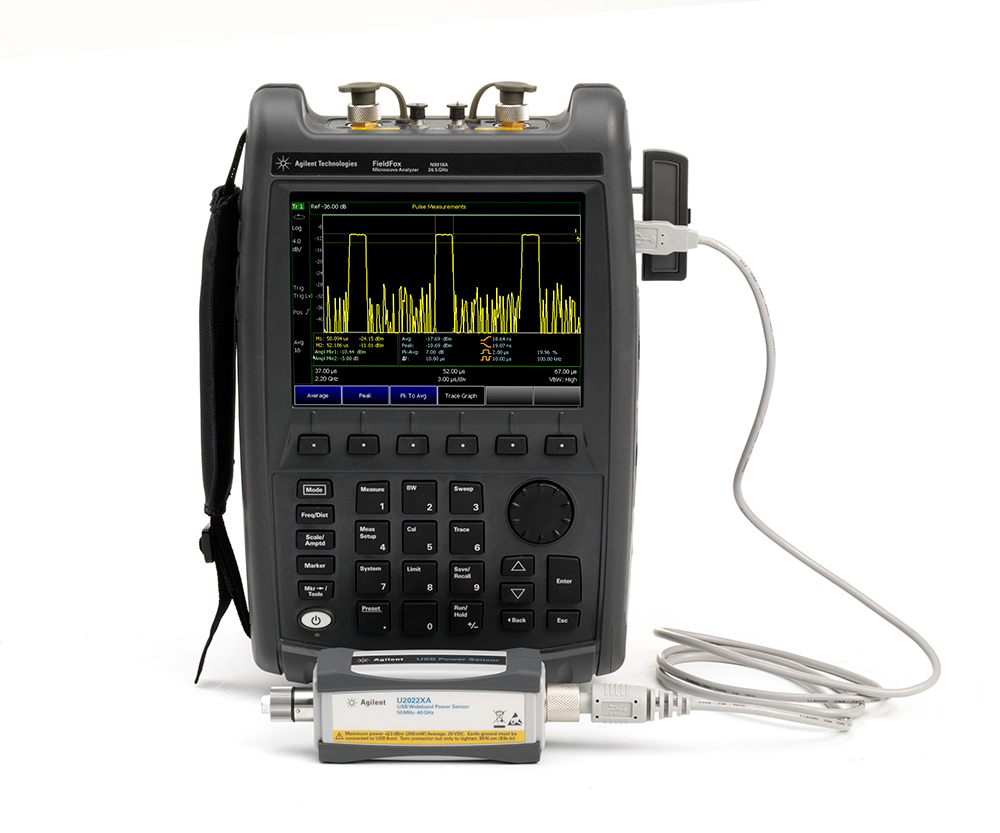
Figure 2: Agilent added pulse measurement capability to its popular FieldFox handheld analysers
The company has also added a pulse measurement capability to its popular series of FieldFox handheld RF analysers (Figure 2). These instruments are commonly used to test radar systems in the field, where handheld analysers’ performance has previously been found to be lacking. FieldFox’s new pulse measurement option (option 330) uses Agilent’s U202x peak power sensors to measure pulse characteristics, S-parameters, spectrum analysis and transmitter power on the same instrument, with all measurements consistent with benchtop analysers. This capability works up to 40GHz. The display clearly shows pulse width, rise time, fall time, PRI and peak to average ratio references. Helpful horizontal and vertical markers are available too.
Pulse and PIM
Another company to focus on pulse measurement was Anritsu. The latest models to be added to the VectorStar series were given their world premiere at European Microwave Week.
Figure 3: Anritsu’s MS464B received its world debut at European Microwave Week. This VNA has a new pulse measurement feature
The MS464B vector network analyser (VNA), shown in Figure 3, has a new feature called PulseView, which shows pulse profile, point-in-pulse and pulse-to-pulse measurements of S-parameters. Aimed at the aerospace and defence industries, this analyser helps test designs under pulse conditions. Performance can be examined on the raising and trailing edges of pulses and within pulses with a resolution of 2.5ns and a dynamic range of 100dB. A capture time of 500ms means users can measure under long pulse repetition interval conditions, or conduct pulse-to-pulse measurements over many pulses. It also comes with an IF digitiser option and four internal pulse generators, used to modulate devices under test.
Also on the Anritsu booth at the show were three new frequency options for its PIM Master handheld battery-operated passive intermodulation analysers (Figure 4). Passive intermodulation (PIM) interference is becoming more significant now that new frequencies are being used for LTE wireless broadband; the new PIM Master options mean it covers all the frequency bands planned for LTE deployments. LTE 800MHz, UMTS 2100MHz and LTE 2600MHz bands have been added, while six other models cover the other major frequency ranges.
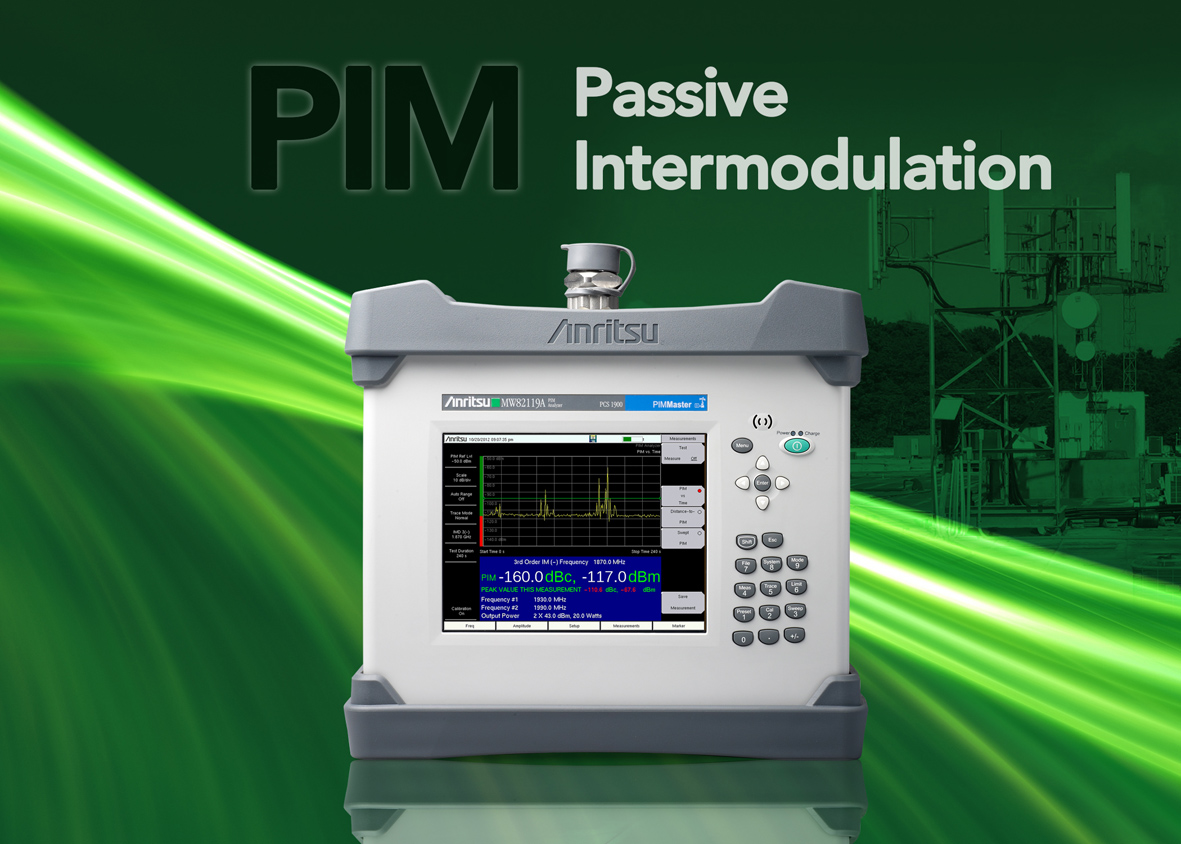
Figure 4: The popular handheld passive intermodulation analyser, Anritsu’s PIM Master, now covers all the proposed bands for LTE
The PIM Master is used for deploying, installing and maintaining remote radio heads (RRHs) at the ‘top of the tower’, so it shouldn’t come as a surprise that the unit has been designed to be hardy, surviving even the harshest of outdoor test conditions. It contains distance-to-PIM technology, which means technicians can pinpoint PIM problems on the tower or outside the antenna system, and can test at 40W, meaning even intermittent and power-sensitive PIM problems can be found, something that 20W testers often miss.
RF enhancements
Germany’s Rohde and Schwarz took the opportunity at the show to announce some enhancements to its flagship signal and spectrum analyser, the FSW. A new frequency range for this high-end instrument means it can now cover 2Hz to 67GHz in a single sweep, in the FSW67 option (Figure 5). Performance in the 60GHz band means it can now be used in radar applications, satellite and military communications systems, as well as fast wireless communications systems like WiGig (IEEE 802.11ad) or Wireless HD.
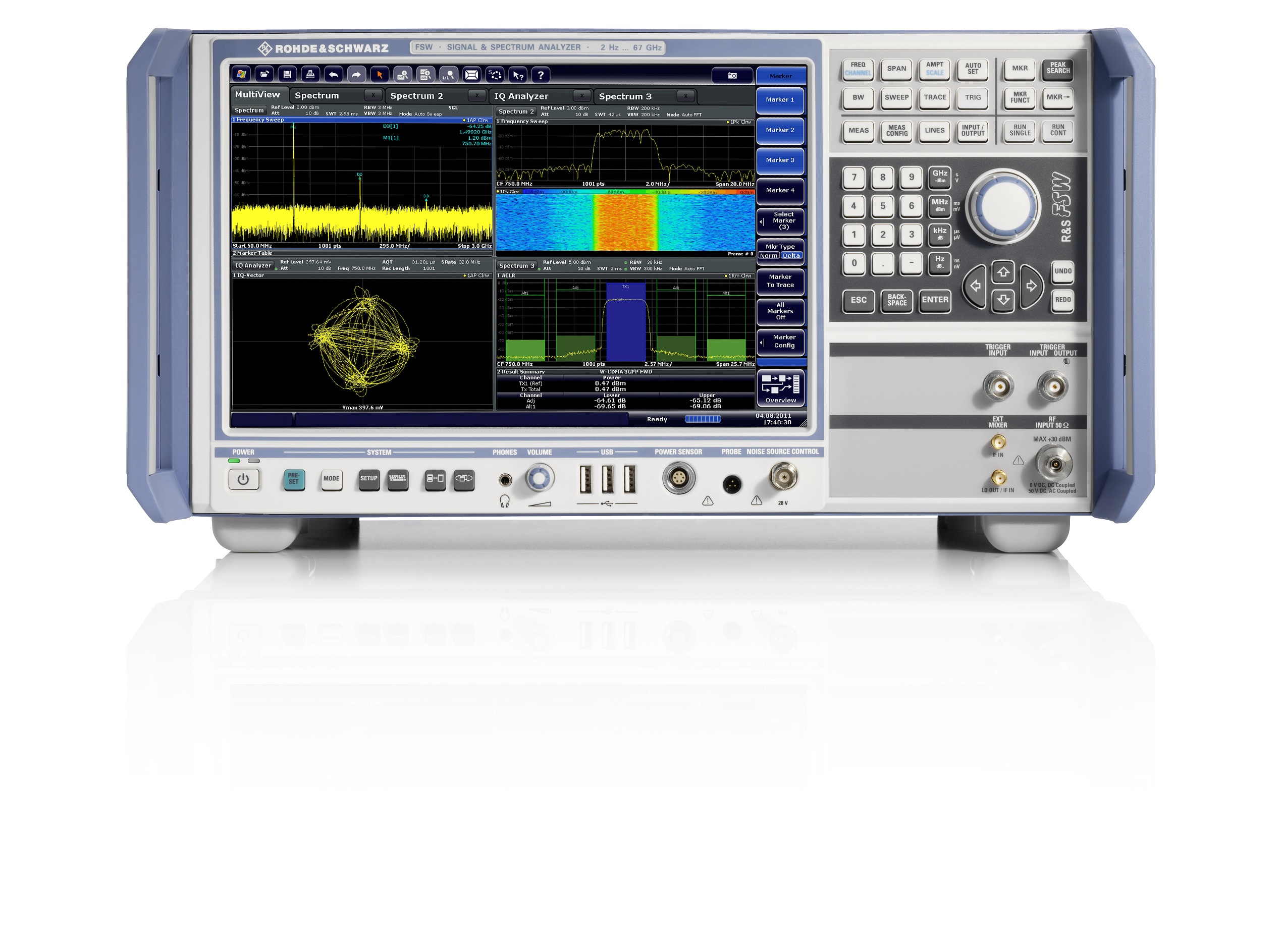
Figure 5: Rohde & Schwarz announced several new capabilities for its FSW signal and spectrum analyser, including a new range up to 67GHz and real-time measurement
The FSW67 also has an improved analysis bandwidth of up to 320MHz. Hopping, wideband and chirp signals are now within reach, which used to require a digital oscilloscope and a down converter but this can now be done on one instrument, making the test setup much simpler. A preamplifier that goes up to 67GHz is included too, to maintain sensitivity at the high end of the frequency range. Phase noise is -111dB (Hz) at 10KHz offset from the carrier at 67GHz.
Another new option for the FSW is the ability to analyse signals in real time, with a bandwidth up to 160MHz, at frequencies up to 67GHz. Interfering signals can be viewed in real time — a boon to applications where sporadic interference or brief events need to be carefully monitored, like telecommunications. The hopping sequences of frequency-agile systems can be monitored; signals that share the same band, like WiFi and Bluetooth, can also be tested, and it can be used to test the transient response and frequency hops of frequency synthesisers, useful in communications applications which require precise signals to avoid interference. The real time option is called the FSW-K160R.
![]()
Figure 6: An envelope tracking option has been added to Rohde & Schwarz’s SMW200A vector signal generator
Rohde & Schwarz’s presence at European Microwave Week also signalled the announcement of the SMW200A vector signal generator’s new capabilities (Figure 6). These include an option for testing envelope tracking, a technique used to enhance power amplifier efficiency by allowing the amplifier supply voltage to track the envelope of the RF signal. Fully synchronous RF and envelope waveforms can now be generated in a single instrument; they can be delayed relative to each other by ±500ns with 1ps resolution.

